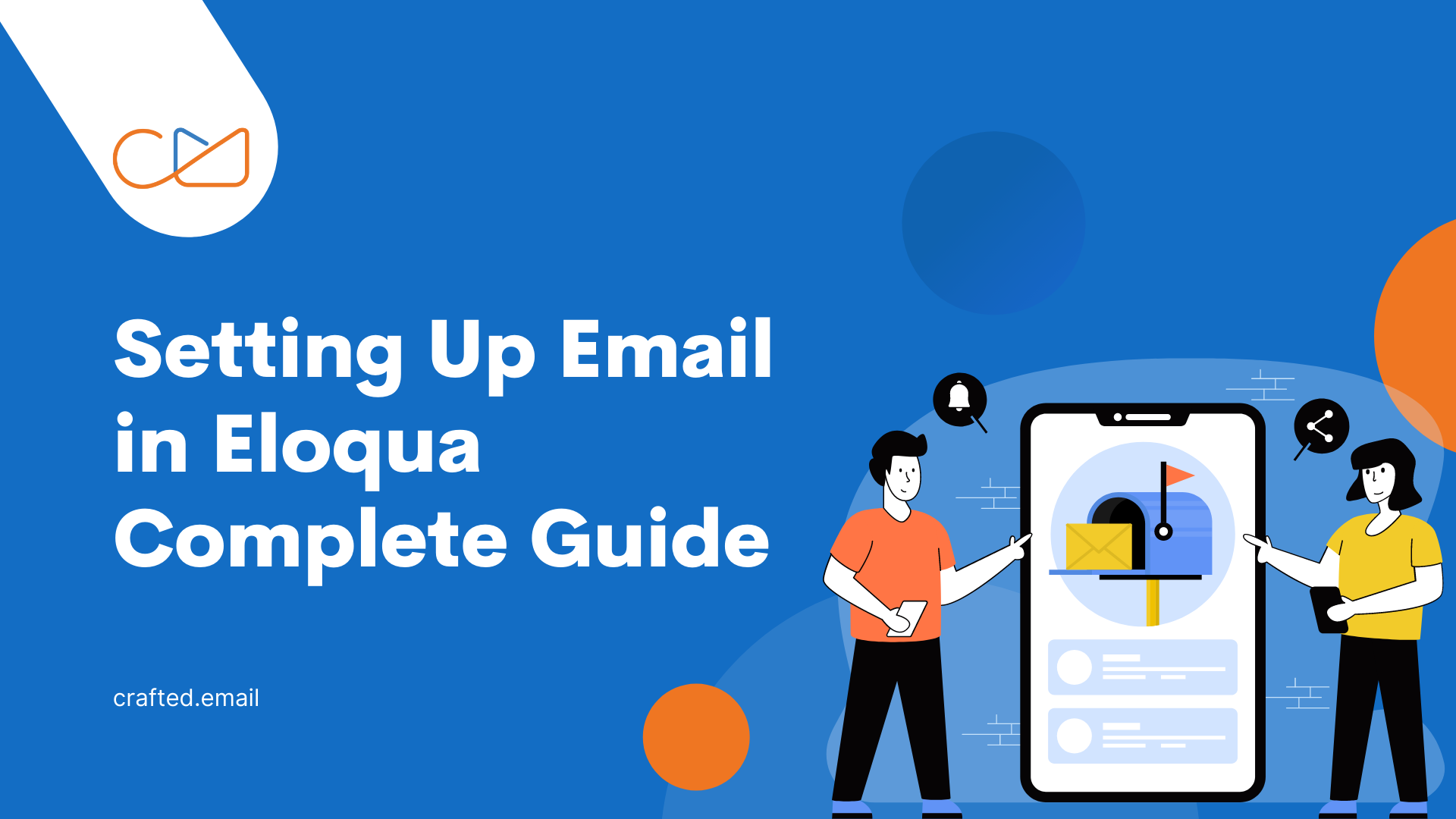
Eloqua is one of the most dynamic marketing automation tools available in the market. One of the best features about Eloqua is that you can use it on both multinational and small-local businesses. This platform has almost 400 apps and third-party integrations.
The primary purpose of Eloqua is to make digital marketing a lead magnet system.
We love Eloqua the most because it supports organizations to engage with their potential customers by applying to customize and sound practices.
What Is Oracle Eloqua Marketing Software?
In 1999, it was launched Oracle Eloqua marketing software, and now, more than 20 years later, it is considered the ultimate tool in the industry. Most top-level companies use this platform since they need intensity, the ability to perform, and third-party alliances.
The Oracle Eloqua marketing platform has many advantages and key distinct features such as :
Marketing Process: Eloqua allows you to follow the marketing and sales process by pinpointing customer profiles and purchasing habits. The platform also lets you verify potential clients and instantly send information into CRMs using a Google Chrome extension.
Customization: it’s possible to customize the marketing experience with personalized web templates, integrations, applications, and other features. The creation of an email is as simple as copying and pasting your copy, links, and image URLs into an HTML email templates file made up of reusable code modules. HTML files serve as email templates.
Integration: Eloqua brings together all marketing elements like organic and paid traffic, mobile devices, social media, and web channels. It’s the ideal platform for B2B.
Tracking: thanks to Eloqua it’s possible to achieve the campaign goals while recognizing the best marketing channels.
Eloqua’s Distinctive Features
Some of Eloqua’s critical characteristics are:
- Access to a collection of unique sources of information, including the client targeting characteristics.
- Allows you to design powerful marketing campaigns and follows the customer progress in a friendly interface with no high-tech means.
- Foresee marketing campaign intentions and developments with a clear digital panel.
- It’s possible to integrate smoothly with many partners and their services.
- Provide updates regarding lead management, letting you increase ROI.
- Eloqua connects you with the right audience by segmenting customers.
- It offers the possibility of creating responsive emails, interactive forms, and landing pages to build a closer relationship with clients. Besides, you can also read insight reports to monitor your email open rate and effectiveness.
Now, let’s learn how to create a message in Eloqua. Don’t worry it’s easier than you might think; follow the steps below.
- Once the HTML email is completely developed and thoroughly checked by the QA, we can upload the Eloqua mail.
- You have to log in to your Eloqua account and open a blank HTML email template.
- Here, we will place the HTML code of the email, and we will be able to see the preview on the left side.
- We will then need to select merging fields, so they can pull the customer’s full name.
- We have to update the link for View Online.
- Under settings, we have to update all the fields. The most relevant ones are the Subject line, and Sender details “From name” and “From emails” and “Reply-to email.”
- Then we can save the email in the appropriate folder of our choice.
- The last significant step is to manage links – this will help in tracking the click-throughs.
- Now this mail is ready to be added to a campaign.
Bottom Line
Oracle Eloqua marketing software is the ideal tool to build unique campaigns to improve the customer’s experience. The use of HTML email templates can reduce stress and lessen work-related burdens while also improving productivity. Thanks to this software, you can monitor the customer journey in real-time, allowing you to increase the open and conversion rate.
Remember, the primary purpose of Eloqua is to create emails that people will want to open. It even allows you to send messages based on your client’s purchasing habits.
